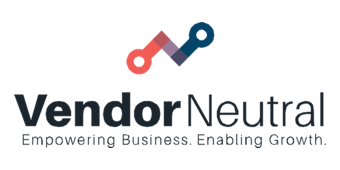
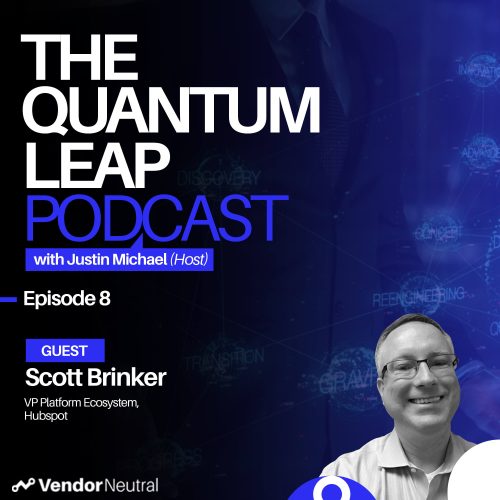

Tangible Ways to Digitally Transform Enterprise Organizations
Episode 8 -
Scott Brinker
VP of Platform Ecosystem, Hubspot
Read Full Transcript
Tangible Ways to Digitally Transform Enterprise Organizations
Justin Michael Welcome back to the Vendor Neutral Podcast in The Neutral Zone, I’m Justin Michael doing my best impression of a William Shatner. I am here with Scott Brinker and this podcast is called Quantum Leap. I’ve been a huge Scott Brinker fan for years. He is a thought leader in marketing, he’s over at HubSpot. He’s written books, he has amazing research data you should be following him on LinkedIn. Scott, how’s your day going?
Scott Brinker I just can’t get enough Martech, all right? I can’t do a Shatner impression well enough either, but the day is going well. It’s great to be here with you.
Justin Michael Great. Thank you. So, we’ve had some chats about enterprise transformation, which is becoming a Dilbert mission statement. It’s a fun to think about and very hard to do. We have these big death star, massive Titanic mothership organizations and they say, OK, it’s 2020, let’s innovate and then they launch a think tank or get an agency. But what are some practical ways that executives listening to this podcast can actually do that? Let’s get into tangibility before we think vision.
Scott Brinker Yeah, well, I think the right place to start for any of these activities is with the customer. You know the most valuable exercise I’ve seen companies do is go through a pretty in-depth customer journey mapping of not what the ideal state is, but even today, like where are customers coming in and what are their experiences? Where does that flow? And almost always that exercise is going to reveal a ton of disconnects. And I think starting with that and just understanding it is a very concrete way to then say, OK, now let’s take a look at what we do to fix those. And then as you start to get that motion underway, then you can start to, you know, set your sights towards. OK, well, now that we’ve got that organized, how do we innovate and improve it from here?
Justin Michael I love that. So, a mapping journey is one of the great exercises that’s a mystery as you go to a whiteboard and you start using pens and you get people that have never talked before out of their silos and sit down and eat lunch and start drawing like little kids on the board and mapping it out. We used to do this back at ExactTarget, acquire, engage, retain, renew, innovate, whatever it is, the spider graph to share. What is your process when you’re trying to do this yourself or when you’re working with companies? I know HubSpot is trying to revolutionize the inbound side of things and now has some outbound technologies, too. But yeah, I mean, I want to give people tactical tips when it comes to bringing the enterprise vision of, you know, you’re reading about the singularity and then you’re sitting in a database clicking twenty-seven buttons and your kind of going, how do we get there, you know?
Scott Brinker Yeah. Well, one of the ways I like to start on the customer journey mapping stuff is go to someone who is one of the front line people, one of the top performers, someone who is in the front line in the marketing org in the sales org and the customer success customer support org and just ask that individual to say, OK, show me the different places that you see customers coming into your world, the sorts of activities you’re doing to help them, where they tend to go after you finish with them. And it’s a little bit like that joke about the three blind men and the elephant, like each one of these folks will like have a view of like, oh, yeah, this is my world of where what I’m doing things with customers or prospects and then I think when I hand them off, they go off in that direction. But when you start to like then map these out, you actually start to see where some of the gaps are that some of these like transitions from one state of engagement or management, from one part of the organization to the other. It’s not connected. And that’s a great place to start.
Justin Michael I love it, so now let’s step back and look high level, what are the trends you’re seeing when it comes to sales, marketing, and operation operations? We hear buzzword bingo, right? Artificial intelligence, machine learning, neural nets. We got Elon Musk launching a nonprofit because the machines are going to take over and here, I am clicking around in my CRM. Am I going to have a flying car? Am I going to have a hoverboard? Even the hoverboard has wheels. You know, I watched Back to the Future. It’s the inspiration for this Quantum Leap podcast I want to take it a step further. So, who’s working on the coolest stuff and where is that visionary piece in the marketplace? I’ve seen some really big companies acting like startups or bringing in startups or acquiring them or creating think tanks and then there’s also just a bunch of really cool startups going on right now across Martech AdTech, you know, disrupting this stuff. So, I just give you like a huge question, but what are your thoughts there?
Scott Brinker Yeah. Wow, I did when you started that question, I had this vision of, you know, like reclining in my self-driving car and in the back, I’m still cutting and pasting individual emails, right? So, yeah, there’s definitely some irony to the vision of technology and the reality of modern marketing and sales. But that being said, I mean, you’re absolutely right. There’s so much cool stuff that’s happening right now. I think there’s more innovation happening in Martech today than ever if you can believe it because we’ve seen a lot of innovation in the past 10 years.
You know, on the A.I. side, I think the things, some of the things that I am personally most interested in is A.I. that’s being associated with some of this no-code movement. And you probably heard that. I mean, speaking of buzzword, bingo, right? A whole bunch of things coming out, talking about no code, but there’s actually something really meaningful there. Generally, what all these different no-code tools are about, is they’re empowering business users, non-technical business users to have the ability to like, build things or analyze things or make things that previously they would have had no hope of doing themselves. They would have had to like take a ticket and wait for someone in IT or marketing ops to eventually get around to it someday. And increasingly, more and more of those things are now being put in their hands to be able to say, oh, actually, there’s a number of these things I can self-serve. And it’s part of the development of A.I. technology that’s helping making more of that possible because the A.I. is able to distill a lot of the common patterns for some of these tasks. And again, like these no-code tools and these A.I. capabilities, they don’t do what the experts can do, right? I mean, you still need like, you know, for the real serious work, you’re going to have your data scientist or your software developer do that. But, boy, if for like 50 percent of the just simple stuff that people want to get done that, they don’t want to have to be waiting on someone else to make happen. I think that is an incredibly fruitful area of innovation in Martech today.
Justin Michael I think one of the issues too is we’re in a place where the average enterprise stack has ninety-one Martech solutions I was reading, I want to think where that study came from, but the point is that we want to consolidate, we want converged solutions but a lot of times the point solutions are where the light is as far as the super innovation, you know, and it always makes the CFO happy. How do you lead that purchasing decision there? Like how do you make the tradeoffs between the return on investment of trying to converge the stack, build internally, buy point solutions? Guide our listeners through recommendations around optimizing that because I think they’re getting a lot of fake A.I. and snake oil and every single vendor is trying to tell them it’s better sliced bread and like, how do you buy and how do you evaluate this stuff? Is it bake off’s? Like what’s the way to go? I mean, a lot of blogs I write on this topic, so I love to hear from you, Scott Brinker, on not how to turn yourself in a procurement officer, but just like how you can be a smart buyer and think like a CMO for your business.
Scott Brinker If I get reincarnated, I’m going to come back as a procurement officer, I’m sure. Yeah. I mean, so I think one of the things that’s happening is it used to be in the industry that we kind of had this dichotomy of either, hey, I can get a suite that’s a closed set of capabilities and the advantage is everything in that box should work well together. The disadvantage is your kind of constrained by what comes in that box or you go the direction of the best of breed, million-point solutions, which is awesome for each individual point solution but how you stitch those things together into a greater whole has just been incredibly difficult for marketers. And I think what we’re seeing in the industry is a shift to try and really blend the best of both of those worlds through platform eco-systems. This idea of saying, OK, listen, there are a handful, maybe a dozen like major Martech platforms, but instead of being these closed suites, they’re increasingly opening up their APIs, they’re developing partner programs and marketplaces. So then ultimately what you can do is you can get hopefully 80 percent of what you want, your core, your foundation from a relatively consolidated vendor relationship but then when you want these point solutions, you’re able to pull from things of that ecosystem that were designed by both parties to work well together, to integrate out of the box or to have the engineers solve that for you. There’s no reason marketers should have to reinvent that wheel every single time.
Justin Michael Yeah, you’re absolutely right about that. There’s some case to be said for sales and marketing alignment, this is a fun one, like even Pete Stronkorb and Warren Zenna, he’s in Australia and Warren Zena is my buddy in New York that came up with Smarketing, and I think they’re even try to trademark it or something. But I think it’s, I love the, I came out of marketing like Al Ries and Jack Trout and the “22 Immutable Laws of Marketing”.
Scott Brinker Ahh, yes, I love that book. Oh,
Justin Michael Best ever right?
Scott Brinker Classic!
Justin Michael So there’s something that says the power of a brand is inversely proportionate to the scope. And when I talk to great branders and marketers about the focus, but we have this crazy ecosystem that’s going on across the long tail so how do we serve all these different customer bases in the patchwork quilt? Right? A thousand channels, nothing on. We’ve got I mean, look at our streaming the cord cutters. You got enough apps now that it’s more than your cable bill because I got Disney plus, but I’ve also got Netflix, right? So how do you get sales and marketing to gel? And how do you focus on what to do next? How do you prioritize it? These are big, big problems and challenges for everyone on the call and I think you’re leading the market with how to do this.
Scott Brinker Yeah, well, I think it goes back to actually where we started, the way you get marketing and sales aligned is first and foremost, you have to have that customer journey mapped out to understand where the handoffs are. Not the internal handoffs of like where we think things are going between marketing and sales, but from the customer’s perspective, where are they touching things that are owned by marketing? Where are they touching things that are owned by sales? And some of those happen at the same time in the same time window. it’s not a black and white handoff but I think if you can map that out, first just so that both sides of that equation understand where these interactions are happening and where they could either work together to accelerate the deal, or if they’re not synchronized, they can actually slow down the deal, because what the person is hearing from their sales rep and what they’re getting from a marketing campaign are not like, you know, orchestrated together. So, I think that’s a good place to start. And then, you know, I mean, metrics matter, you know, understand like, you know, like these philosophy metrics and a hold marketing as accountable for those as we do the sales team. This movement that’s been talked a lot about lately, it’s been around for a while, but it’s getting new momentum of the concept of rev ops. You know that taking the marketing ops team and the sales ops team and instead of having them live in separate silos, reporting up to separate executives to start to look at some sort of combined architecture where you can have a joint rev ops team that might have marketing ops components and sales ops components, but they’re really working together to treat that as an entire customer lifecycle system of orchestration.
Justin Michael Yes, so I’m a huge fan of rev ops, and it’s this awesome title, which is the confluence or nexus point of marketing operations, sales operations. Basically, what I think it started to do is Gardner said the office of the CMO was going to get the budget from the CIO, and that’s because we have plug and play platforms now that are WYSIWYG, what you see is what you get, basically the no code paradigm where you don’t have to learn. You can go in and there’s journey mapping software now where you can lay out all your touch points and your emails are templated, and you can just move it around and the stuff has the ease of use of Google or Amazon or Facebook. Nothing’s that easy, but it’s a lot easier than it used to be when I got into email marketing, I mean, you had to kind of learn a pseudo coding to put this stuff together, right? If you can think of Myspace, you had to put code in your Myspace to get it going. So how do people learn about rev ops? Because I’ve also found there’s not a lot of books on it. There’s these private Slack Communities. People want to get smarter. They want to know what is this? How can I use it in the enterprise? Is this a startup thing? Is a cool kid thing or is this thing that’s really going to happen and transform?
Scott Brinker Yeah, I think it’s, I mean, a lot of these things happen with the digital natives, they happen with the startups because those are the companies that are, frankly, always the ones looking to disrupt the status quo and so they’re willing to try and experiment with new models to do that. I do think rev ops here is starting to reach a critical mass where I agree there’s not a lot of great resources out there today, but I know there’s a lot of companies that are now putting these structures in place and they’re starting to implement it. So my expectation will be over the next 12 months, we will actually start to see a lot more case studies of this, we’ll I guess we’re not going to have in-person conferences for at least a little while still here but I’m sure there will be a virtual conference for rev ops professionals and we’ll start to get that community to both, A. get more exposure so more people are aware of it, but also then start to encourage more of that community sharing so that now we can start to learn from these different experiments that people are doing.
Justin Michael People want to kind of get to the Scott Brinker level. I mean, I’ve been following your concept for a long time. The reason I say this is you’re able to generate content that is not a regurgitation or curation. You’re synthesizing and bringing insights to your marketing content. I have two questions. One, if someone wants to take a real serious approach to building a brand out of their content and it feels like they don’t have a time. Can you walk them through your journey because you put out a lot of content and you synthesize content that is really just Scott Brinker content, like a Seth Godin or like other, there’s a few voices that are able to do that. How did you go from just working at a company to doing that? This might not like another three hours of conversation, but it’s got to have some maxims for people wanting to do that because we’re in the age of branding.
Scott Brinker Wow. Well, first of all, thank you. I’m flattered that folks see it that way. Boy, you know, I have to say, the thing about the whole Martech content that I write is, I don’t know if this is like replicatable or it’s just, I’m a nerd. Like, I am so passionate about this stuff and generally what I’m trying to do is understand it myself. I’m like, I read all these things, I talk to people, I see this and I’m trying to make sense of that. And so, what I end up writing is usually, frankly, a version of just trying to explain it to myself and to the degree that, yeah, that resonates with other people, I’m always incredibly happy. I feel like, OK, well, hopefully I’m contributing something useful to the universe. But yeah, part of it’s just, you know, I’m following a passion here, which again, this is another reason why I always have to disclaim this. It’s one thing to do this because you love it and it’s a hobby and it’s you have fun with it. It’s another thing when you are a content marketer and you were being held accountable to a certain amount of growth in your audience, a certain amount of lead generation coming out of it, part of the blessing of the work I do on Chief Martech is yeah, I don’t have any accountability there. So, I’m sort of free to just pursue things as they interest me. I think the job is much harder for content marketers who are like, listen, I need a calendar. I need to be able to hit a certain number here every month, every quarter and so I have a lot more respect for people who are actually doing that under that pressure. Yeah.
Justin Michael So I hear salespeople love the refrain. We’ve got to give the CMO a number. We’ve got to give the marketing team a number and it’s we’re going to have a number, but it’s so hard in different ways because I’ve worked across the stack, if you will. I’ve been on the operations side and the sales side and the marketing side, the road as long, forty is the new 30. And I’ve also had a lot of respect for platforms that have come on the scene, like Twitter, where it’s like we’re not really sure what it does. A lot of eyeballs. How do we measure the ROI of social? That was the whole conversation of the odds, right? Now we can actually measure it with these analytic platforms. Can you talk to me about marketing attribution? I’m a huge fan of platforms that can map out every touchpoint. So, you can literally go and it’s like, is it? John Wanamaker’s is like fifty percent of my advertising is working, but I don’t know which fifty percent it is. His quote goes all the way back to the Mad Men days. Can we get to full funnel return on ad spend? And if we can’t, what are the tips to measuring better? To know the investment across the supply chain that is the initial eyeballs to the engagement across marketing, the whole value chain, really, because I think the CFO is going to get ninety-one tech in my stack. I got people, I got process, I got technology and I can’t really see there’s these opaque little silos, especially in massive organizations where you’re global when you know the geos in different currencies and languages. So, your advice on this would be really helpful.
Scott Brinker Yeah, well, my opinion is it is actually a really hard problem and I don’t believe it’s possible to get to perfect attribution because let’s face it, there’s a lot of things that happen that go into buying decisions and research decisions and customer happiness that that we can’t track. You know, it’s the conversation that a prospective buyer has with their friend at another company who adopted your solution that you have no visibility into. But they call them up and it’s like, hey, what was this actually like and how much did you pay for that? And I mean, so I think you have to accept that there isn’t perfect attribution. That being said, what’s really exciting is we are able to get greater visibility to attribution than we ever have before, because for at least any of these touch points that are digital or that we can correlate some sort of offline event and its impact, or correlation to other activities through other channels. These models work, and even if they’re not perfect, right, the closer you can get to being able to understand what’s working, what’s not, what’s the associated or correlated like revenue with that, then you’re just able to make smarter decisions about where you double down on investments, where you take money away, where you feel, you know, we should probably experiment and try something different. So, I think, yeah, be wary of people who are promising you perfect attribution. But boy, if I’m a marketing ops person today getting that attribution as complete as I possibly can seems like the number one mission.
Justin Michael That’s awesome. Another place I want to talk about, because I came out of Martech and AdTech and mobile for 13 years and is the word data. And it’s such a loaded word because we’ve gone into this time where we’re protecting the customers data and GDPR and all the regulation around data and fair use of data. We’re also in a time where its data is the new oil and it’s about personalization by using the data. Now, I’ve worked in the industry, so I think, man, I mean, the ads are going to be there. If I could just show me anything that I like at all, because, I mean, I’d love a home plumbing course, but that’s a great thing to do. But this is the problem is I run around the Internet and I get these ads that I tune out because it’s so far from what I’m trying to see. So how do we keep better consumer privacy for our customers, but at the same time leverage the technology to make a more personalized experience? This is this to me seems like a paradox. I feel like you’re uniquely qualified to recommend how to solve that.
Scott Brinker Well you might be giving me too much credit there.
Justin Michael Just point us man, I mean, like, where do you go? I mean, read your blog, shameless plug. But yeah. I mean, is it is there a suite of technologies like intelligent consent management? What should people be thinking about in order to take the steps in that direction safely personalizing the experience?
Scott Brinker Yeah. All right so I’m actually going to like perhaps take a position that might be unexpected on this. Don’t get me wrong, there’s some amazing personalization technology out there. But I think most of the problems in marketing today are not because the content is impersonalized, it’s because the content kind of sucks. It’s just not that compelling. It’s not well thought out. The value proposition is not clear. It’s not clear what the differentiation is from other alternatives in that space. And I would rather see a better, clearer or more compelling piece of content than a piece of content that is superficially personalized to me, but it’s still kind of mediocre. And I think that’s also one of the things about the advertising side. Again, I know we’ve gotten so used to AdTech in theory being able to hyper target to people based on behaviors. But the truth is those things go wrong as much as they go well, because people don’t, I mean, I’ve got ads that follow me around for like Martech Solutions because I like, visited a website to look at something. And now they’re showing up every time as I’m trying to read The New York Times. I’m like, this is wasted. I’m not interested in your thing in that way at this point. But if you take a look at one of the alternatives, if you see people offering up, is the solution is we lose some of this privacy. The privacy regulations are going to restrict what our targeting capabilities are, which is make really compelling marketing and advertising and then put it in the contextual places where someone is looking for that content. I’m not interested in a Martech solution when I’m on The New York Times. If I go to a site like Martech today, actually it’s pretty relevant to say, oh, wow, that’s a cool new CDP and what’s that doing? And so, I don’t know. I think all the technology ups and downs is sometimes just too much of an excuse for marketers to get away from the real hard truth, which is you’ve just got to do a really compelling marketing and content and put it in the right place where someone’s looking for it.
Justin Michael Yeah. So, I’ve had a personal experience with that lately on LinkedIn, where LinkedIn is getting so big and I was posting so many times a day because there’s an error where to get big in social you just put out a lot of things and content. Well, now I’ve been slowing down. I’ve been putting out like one thing a day or two things a day and being super thoughtful about what that’s going to be, even some of this awesome Vendor Neutral content where there’s quite a lot of thought that goes into building it out. And then you put it up there and it’s kind of cool when it works, and you get ten thousand views or hundreds of hits and interactions. And so, it’s kind of a measure twice cut once, when I talk to who was it? Ryan O’Hara at LeadIQ, he was like, you need to think like a Super Bowl ad for one.
Scott Brinker I love that.
Justin Michael I thought that was really cool. because if you produce something extra cool, there’s guy Rajeev Goel and he did a Fresh Prince of Bel Air rap for B2B sales and I thought it was awesome. What’s the coolest? Give us some examples of marketing that’s just doing what you just said, like, you know, working with a great degree of acumen or it’s compelling or by putting the effort because there’s plenty of people that put a ton of effort into a marketing campaign and it goes thud. So, it’s like, how can you make that investment of time and money count? It’s tough.
Scott Brinker Yeah, well, I mean, again, it’s you know, it’s trite to say it, you know, but it’s the truth. You need to create something that your audience actually wants to read. And so, yeah, I’ll give you a concrete example. So, you know, there’s a number of companies now that are offering SAAS management solutions. And the idea is you it connects to all your SaaS products, your accounting system to see what you’re spending on them, your authentication system to keep track of who’s using what tools. And it provides a way for you to, like, keep track of all these things and get rid of tools if you aren’t using or eliminate duplicates or, you know, I mean, all amazing stuff. So, one of the things they did was they created, in my opinion, one of the best, most authoritative reports ever, on like OK, based on all their thousands of customers. Here’s the data on what tools are people using. What’s the average size of a stack? How does that vary across industry or size? Like how does the spending of different SAAS? Oh, my goodness, this data is friggin amazing. Like they’ve done that report like two or three times and every time they come out with it, like, I can’t wait to like to read through it and page it. And now any time someone asked me about this stuff, I’m citing them and I’m pointing to that report. I’m like these guys are awesome at that. They created a really great piece of content that a lot of people are interested in, or at least I should say their target audience finds this data really, really interesting. And that’s a perfect example of doing this.
Justin Michael Well, that’s an exciting place. Like I know I have a few more minutes in the podcast, but you’re just so animated and I think we’ve come to a good spot with the content here today. What’s your North Star? Is it a quote or is it a book? What governs you? I mean, I’ve had people say and I have fourteen autobiographies, fourteen biographies of Winston Churchill like I grew up in a house where that was the case. We all know everything about Coventry. It’s interesting. But for you, Seth Godin, or maybe it’s certain customers and a lot of people said, you know, the best sales books, not a sales book at all, but motivate us. Teach us like how does Brinker eat a Reese’s?
Scott Brinker Wow, fascinating. And I apologize. Various noises in the background here, life in COVID land, of course. Yeah. You know I think it comes down to following your passion, you know, that we all need to make a living and there’s all things that we figure out, OK, where is that intersection between my passion and then like what people actually pay me for? I think the more you can find ways to make that Venn diagram overlap more and more, just the better it works. I mean, this is, I forget who said it, it was something like this, you know, find something you love to do for work and you’ll never work a day in your life. I have yet to actually see that that degree of it. But, you know, I think I think that’s the truism to it. And so, I don’t know I’m always inspired by stories of people pursuing things because they love it, they believe in it, and that the professional success to whatever varying degree that comes with that. You know, just it’s just part of who they are.
Justin Michael So being mission-driven, that’s what I say you do what you love, and you never work a day in your life that I went solo as a consultant and I’ve never worked harder in my life. So, I’m sorry to burst the bubble for everyone. A little gallows humor here. Where can people find you? I mean, you’re definitely like running one of the best blogs. You’re doing awesome stuff at HubSpot, but folks are going to go over here and click Scott Brinker, LinkedIn. But yeah, where do you want to point folks? Like, do you have a recent book that you wrote? Like, let’s just get people to your content.
Scott Brinker Sure, well, I guess, yeah, Chief Martech Dotcom, my blog is probably the best place to find all things from there, and I’m also @ Chief Martech on Twitter and happy to chat with anyone there as well, too. So, yeah, reach out.
Justin Michael I feel like I actually took a quantum leap. So, thanks everyone for tuning in and we’ll have you back on the show. OK, Scott?
Scott Brinker Thank you so much. Have a great day.
Justin Michael Thank you.
To get started building your optimum sales technology stack, try our Sales Technology Selector. We’ll provide you with a customized report identifying the sales technology solutions that meet your needs. Already know the category of sales technology you need? Use our Certified Sales Technology profiles to find all the details you need to make a decision about which solution is the best sales technology for your organization.
Interested in hearing more Quantum Leap Podcast Episodes?
-
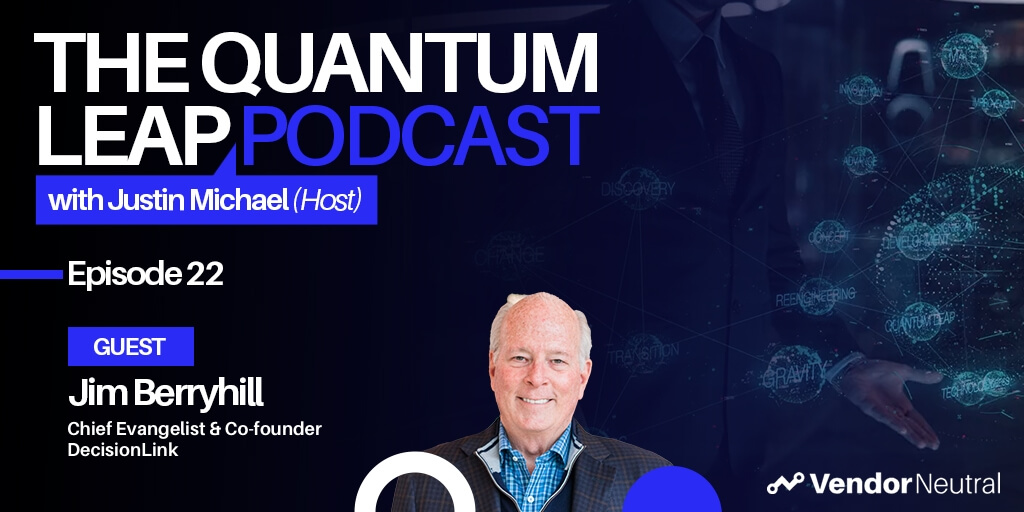 4 Opportunities For Massive Growth In Customer Value Management4 Opportunities For Massive Growth In Customer Value Management
4 Opportunities For Massive Growth In Customer Value Management4 Opportunities For Massive Growth In Customer Value Management -
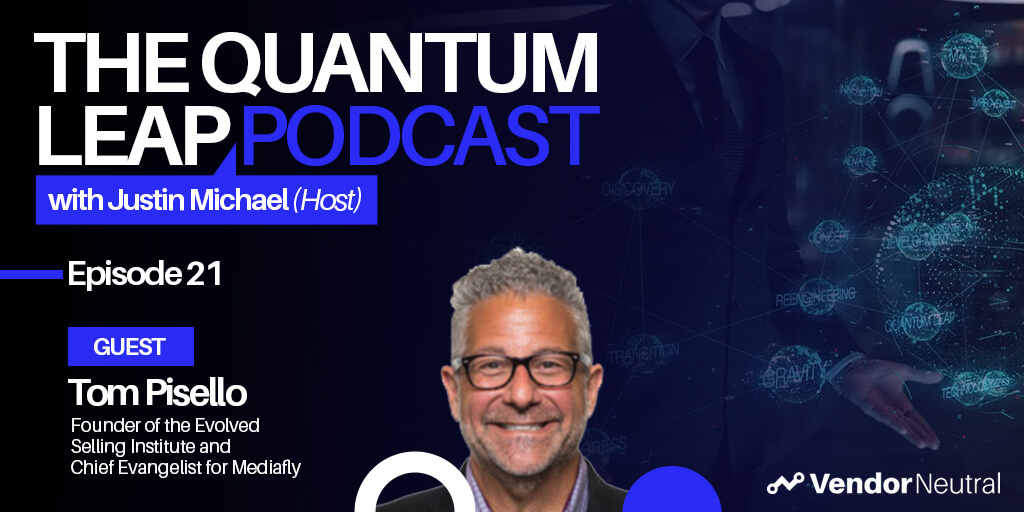 Closing the Customer Engagement Gap | Showing A Clear Case of ROIClosing the Customer Engagement Gap | Showing A Clear Case of ROI
Closing the Customer Engagement Gap | Showing A Clear Case of ROIClosing the Customer Engagement Gap | Showing A Clear Case of ROI -
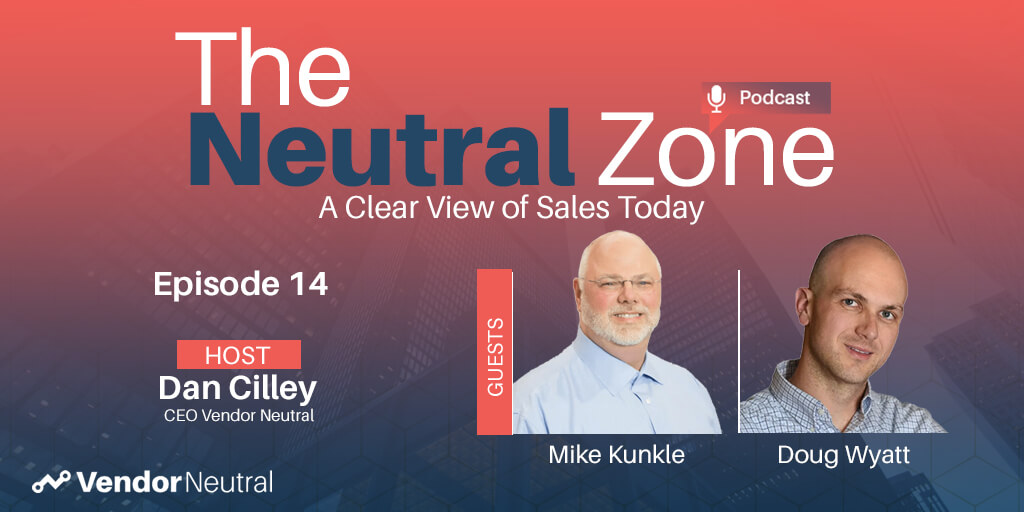 Buyer-Centric Selling | Modern Sales Foundations Virtual Sales TrainingBuyer-Centric Selling | Modern Sales Foundations Virtual Sales Training
Buyer-Centric Selling | Modern Sales Foundations Virtual Sales TrainingBuyer-Centric Selling | Modern Sales Foundations Virtual Sales Training -
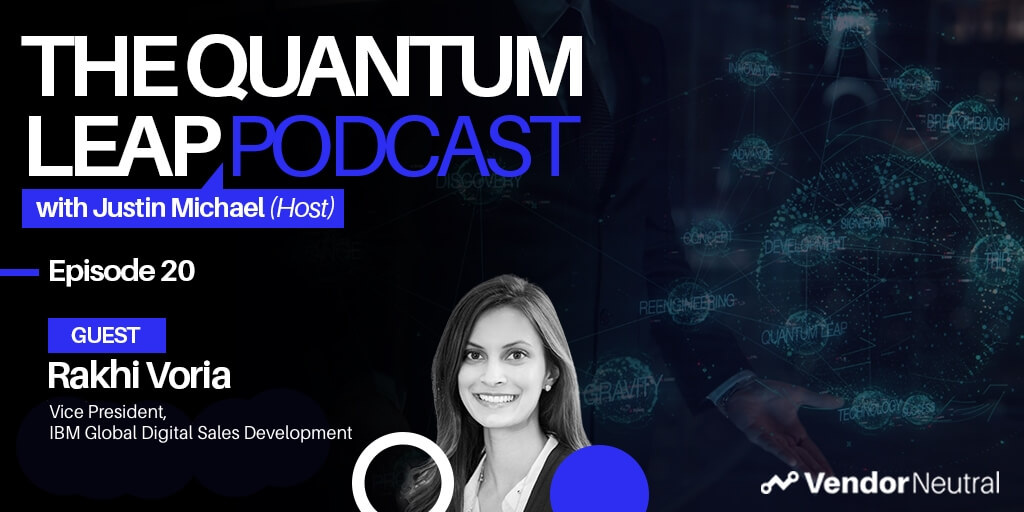 Biggest Trends in Digital TransformationBiggest Trends in Digital Transformation
Biggest Trends in Digital TransformationBiggest Trends in Digital Transformation -
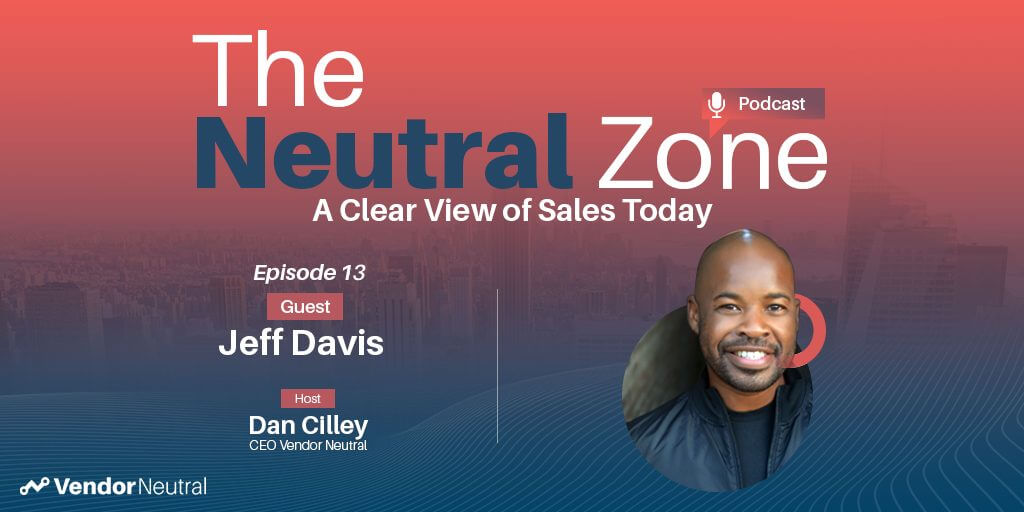 Focus on These 3 Things for Sales Technology AdoptionFocus on These 3 Things for Sales Technology Adoption
Focus on These 3 Things for Sales Technology AdoptionFocus on These 3 Things for Sales Technology Adoption -
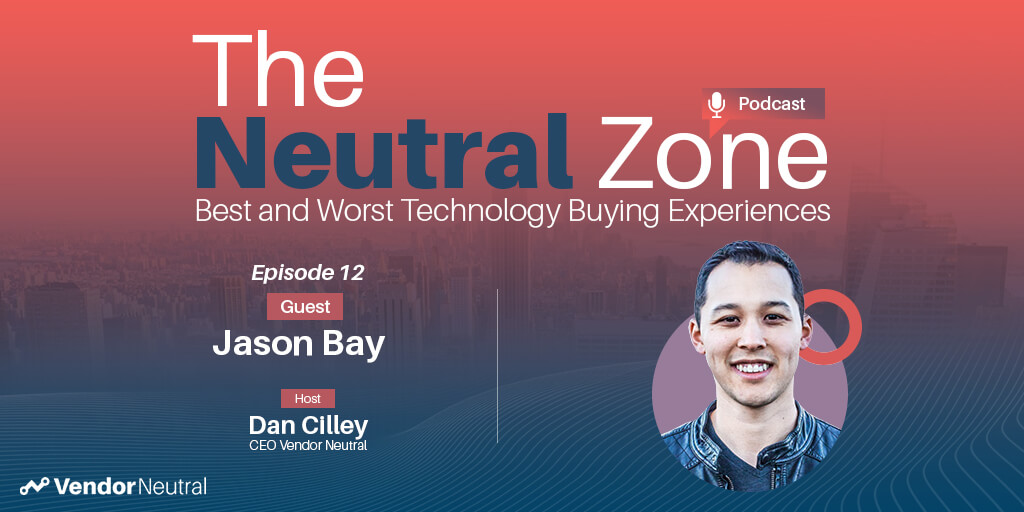 For Sales Technology Buyers A Customer Success Strategy is KeyFor Sales Technology Buyers A Customer Success Strategy is Key
For Sales Technology Buyers A Customer Success Strategy is KeyFor Sales Technology Buyers A Customer Success Strategy is Key -
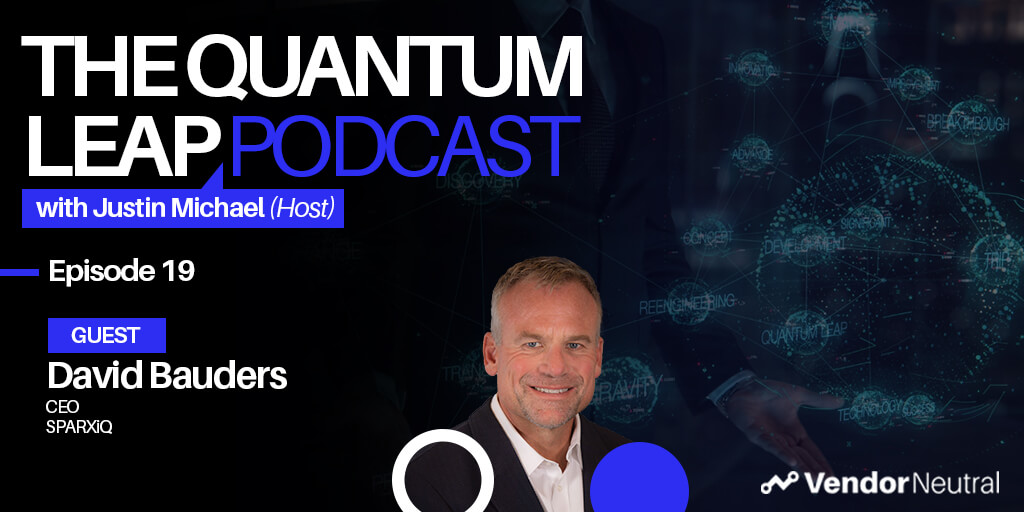 The Future of Sales TrainingThe Future of Sales Training
The Future of Sales TrainingThe Future of Sales Training -
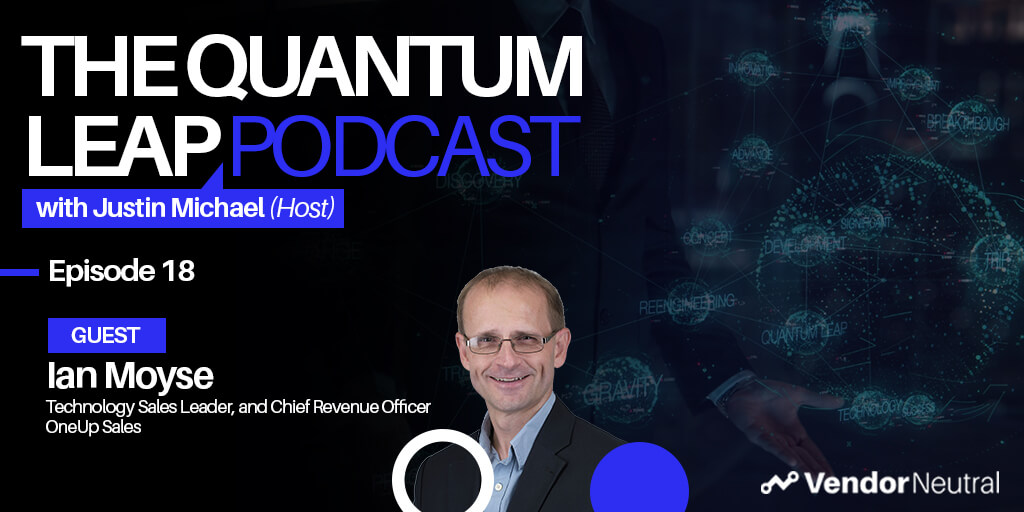 Sales Enablement to Generate Revenue in 2021 and BeyondSales Enablement to Generate Revenue in 2021 and Beyond
Sales Enablement to Generate Revenue in 2021 and BeyondSales Enablement to Generate Revenue in 2021 and Beyond -
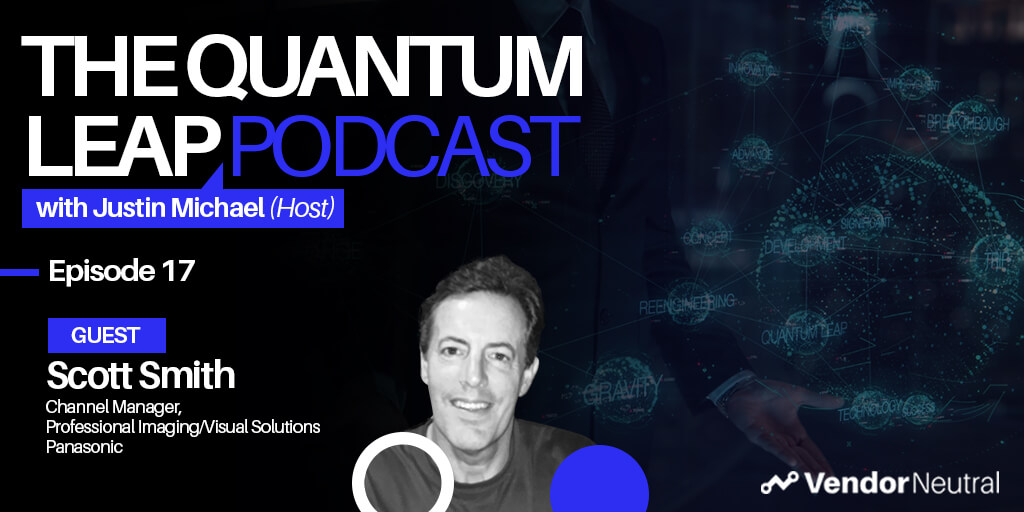 Leveraging Sales Technology in Enterprise Channel Sales | Start by identifying the problems you’re trying to solveLeveraging Sales Technology in Enterprise Channel Sales | Start by identifying the problems you’re trying to solve
Leveraging Sales Technology in Enterprise Channel Sales | Start by identifying the problems you’re trying to solveLeveraging Sales Technology in Enterprise Channel Sales | Start by identifying the problems you’re trying to solve -
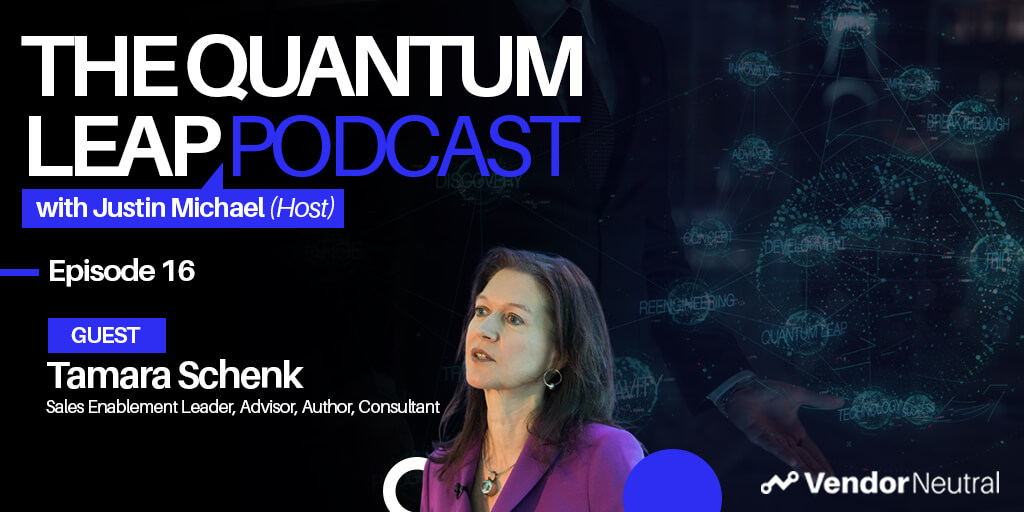 The One Question to Ask Before Sales Technology Implementation to Ensure the Success of Your Enablement InitiativeThe One Question to Ask Before Sales Technology Implementation to Ensure the Success of Your Enablement Initiative
The One Question to Ask Before Sales Technology Implementation to Ensure the Success of Your Enablement InitiativeThe One Question to Ask Before Sales Technology Implementation to Ensure the Success of Your Enablement Initiative -
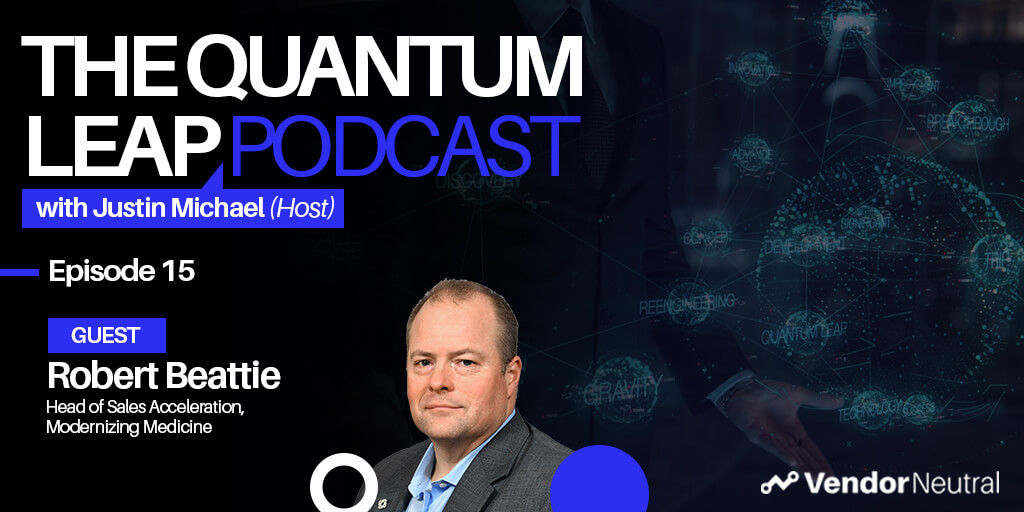 Digitally Enabled Enterprise Sales - Technology & Skills You'll Need in 2025Digitally Enabled Enterprise Sales - Technology & Skills You'll Need in 2025
Digitally Enabled Enterprise Sales - Technology & Skills You'll Need in 2025Digitally Enabled Enterprise Sales - Technology & Skills You'll Need in 2025 -
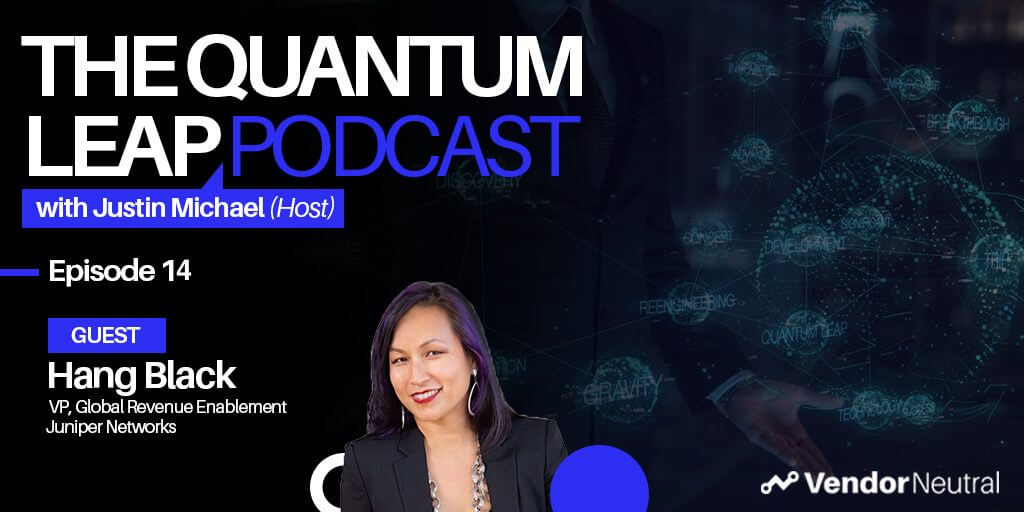 A Look Into The Future of Sales EnablementA Look Into The Future of Sales Enablement
A Look Into The Future of Sales EnablementA Look Into The Future of Sales Enablement -
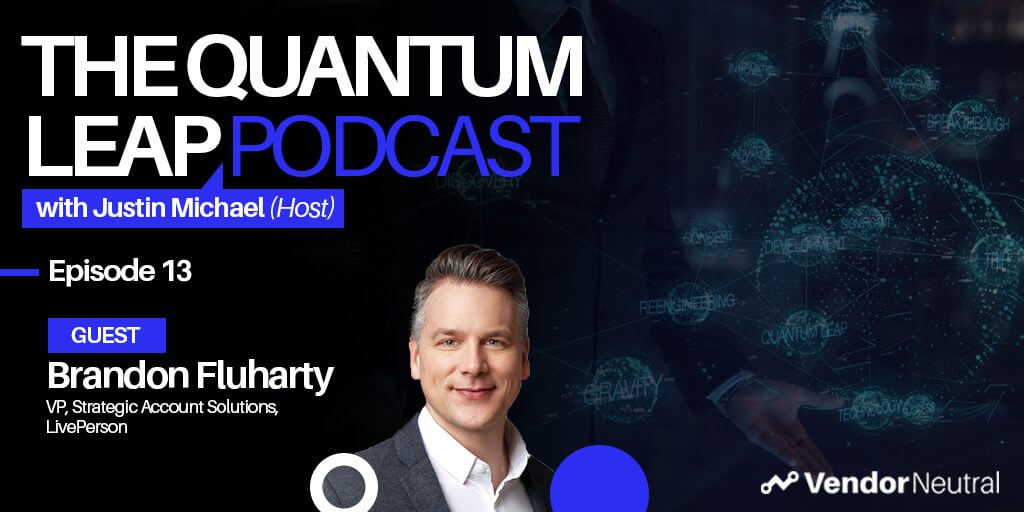 3 Ways Sales Technology will Shape the Future of Strategic Selling & Enterprise Sales3 Ways Sales Technology will Shape the Future of Strategic Selling & Enterprise Sales
3 Ways Sales Technology will Shape the Future of Strategic Selling & Enterprise Sales3 Ways Sales Technology will Shape the Future of Strategic Selling & Enterprise Sales -
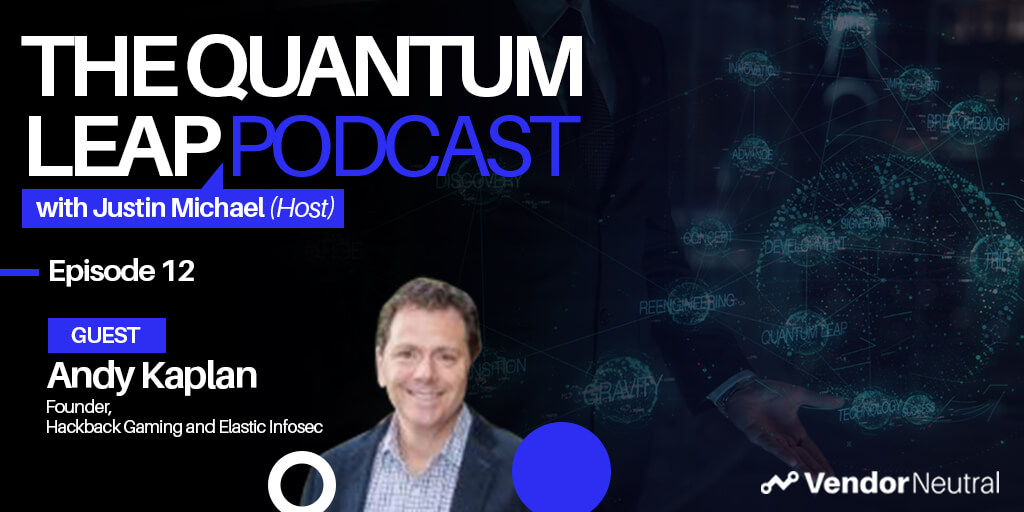 Future of Sales in the EnterpriseFuture of Sales in the Enterprise
Future of Sales in the EnterpriseFuture of Sales in the Enterprise -
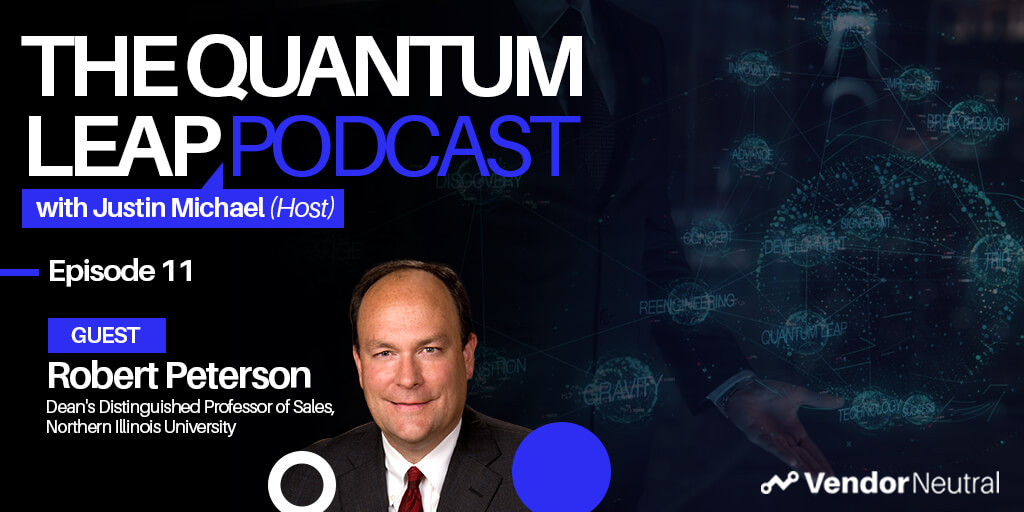 Developing the Revenue Leaders of TomorrowDeveloping the Revenue Leaders of Tomorrow
Developing the Revenue Leaders of TomorrowDeveloping the Revenue Leaders of Tomorrow -
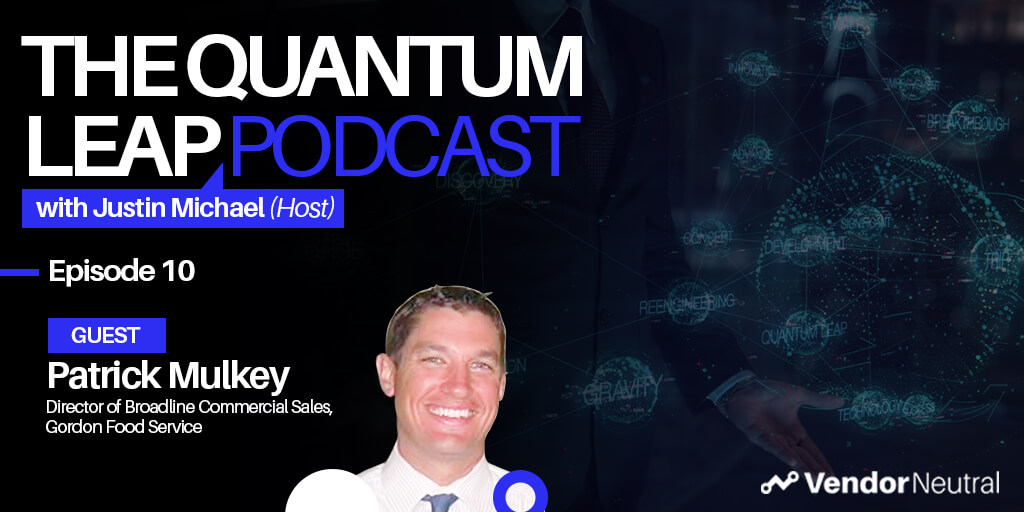 Evaluating and Updating Your Enterprise Sales Technology StackEvaluating and Updating Your Enterprise Sales Technology Stack
Evaluating and Updating Your Enterprise Sales Technology StackEvaluating and Updating Your Enterprise Sales Technology Stack -
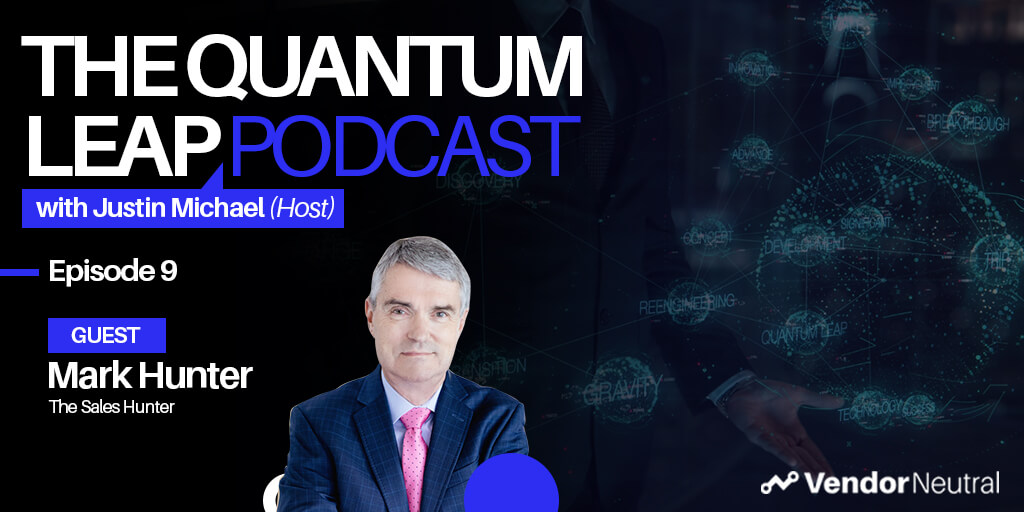 How-to Connect With Enterprise Buyers When Selling From HomeHow-to Connect With Enterprise Buyers When Selling From Home
How-to Connect With Enterprise Buyers When Selling From HomeHow-to Connect With Enterprise Buyers When Selling From Home -
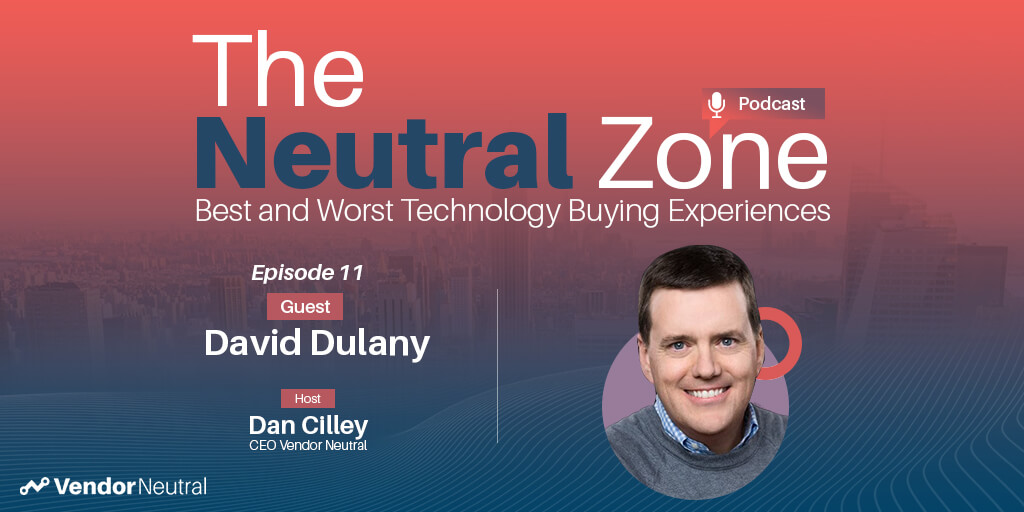 Is the Sales Technology Buying Process Over Engineered?Is the Sales Technology Buying Process Over Engineered?
Is the Sales Technology Buying Process Over Engineered?Is the Sales Technology Buying Process Over Engineered? -
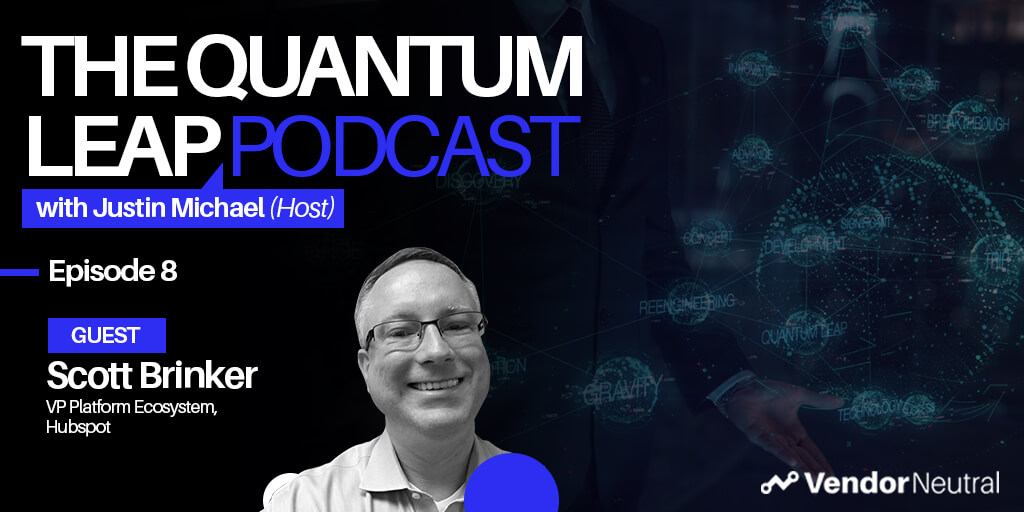 Tangible Ways to Digitally Transform Enterprise OrganizationsTangible Ways to Digitally Transform Enterprise Organizations
Tangible Ways to Digitally Transform Enterprise OrganizationsTangible Ways to Digitally Transform Enterprise Organizations -
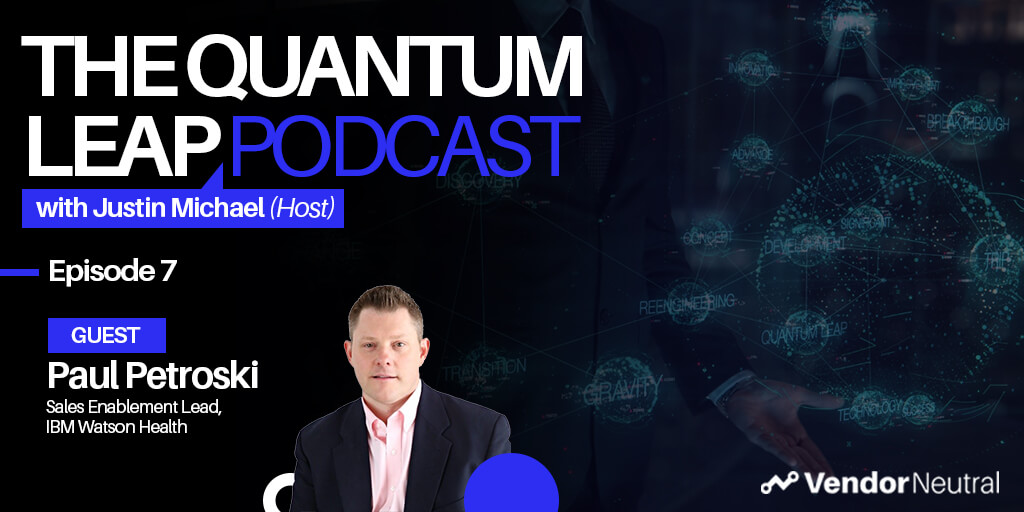 Quantum Leap Podcast Episode 7Quantum Leap Podcast Episode 7
Quantum Leap Podcast Episode 7Quantum Leap Podcast Episode 7 -
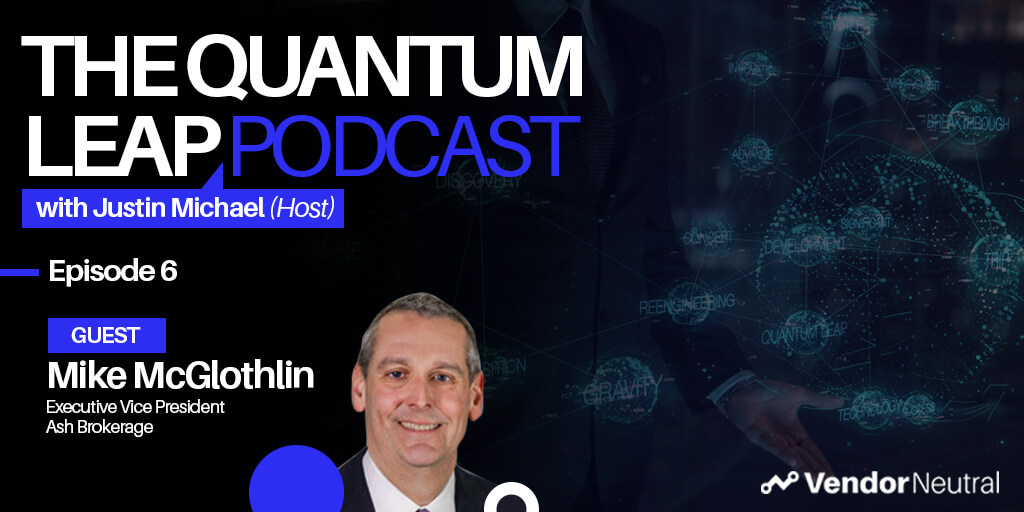 How Sales Technology is Making an Impact in the Financial SpaceHow Sales Technology is Making an Impact in the Financial Space
How Sales Technology is Making an Impact in the Financial SpaceHow Sales Technology is Making an Impact in the Financial Space -
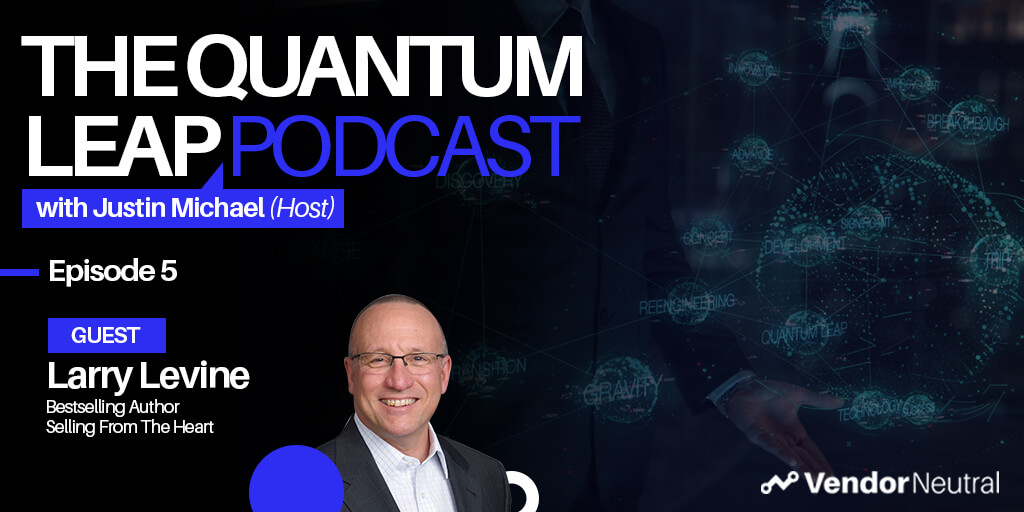 Quantum Leap Podcast Episode 5Quantum Leap Podcast Episode 5
Quantum Leap Podcast Episode 5Quantum Leap Podcast Episode 5 -
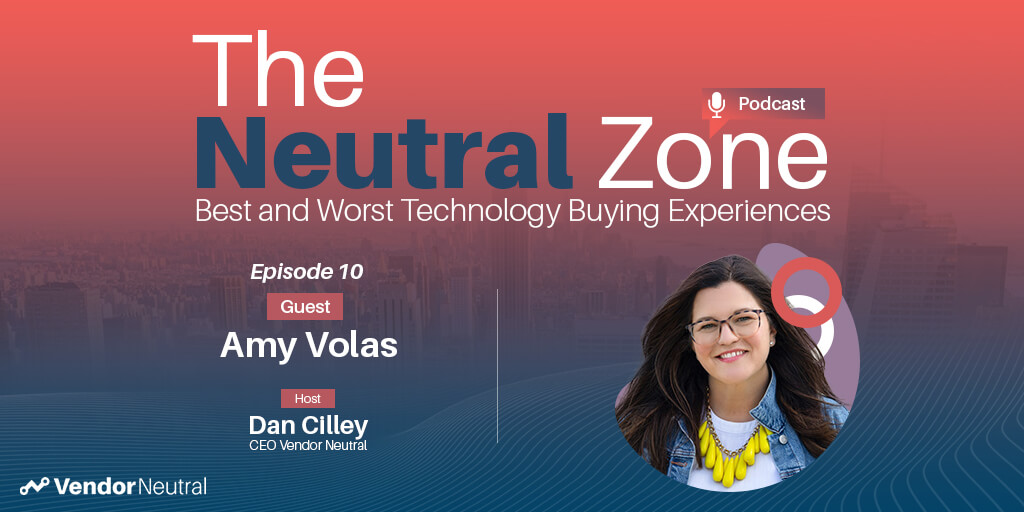 Clear View of Sales Episode 10 with Amy VolasClear View of Sales Episode 10 with Amy Volas
Clear View of Sales Episode 10 with Amy VolasClear View of Sales Episode 10 with Amy Volas -
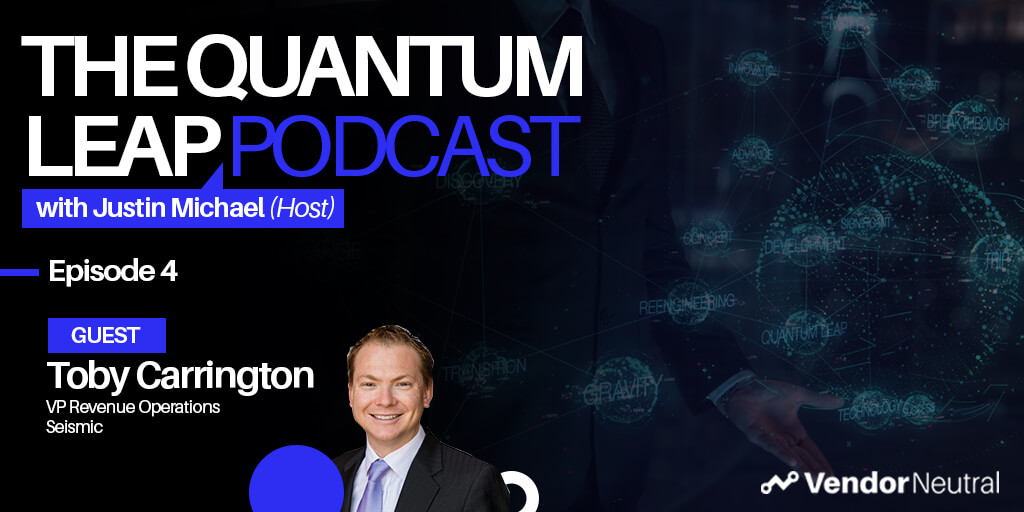 Quantum Leap Podcast Episode 4: Transforming Your Enterprise TechStack, The Future is Bright!Quantum Leap Podcast Episode 4: Transforming Your Enterprise TechStack, The Future is Bright!
Quantum Leap Podcast Episode 4: Transforming Your Enterprise TechStack, The Future is Bright!Quantum Leap Podcast Episode 4: Transforming Your Enterprise TechStack, The Future is Bright! -
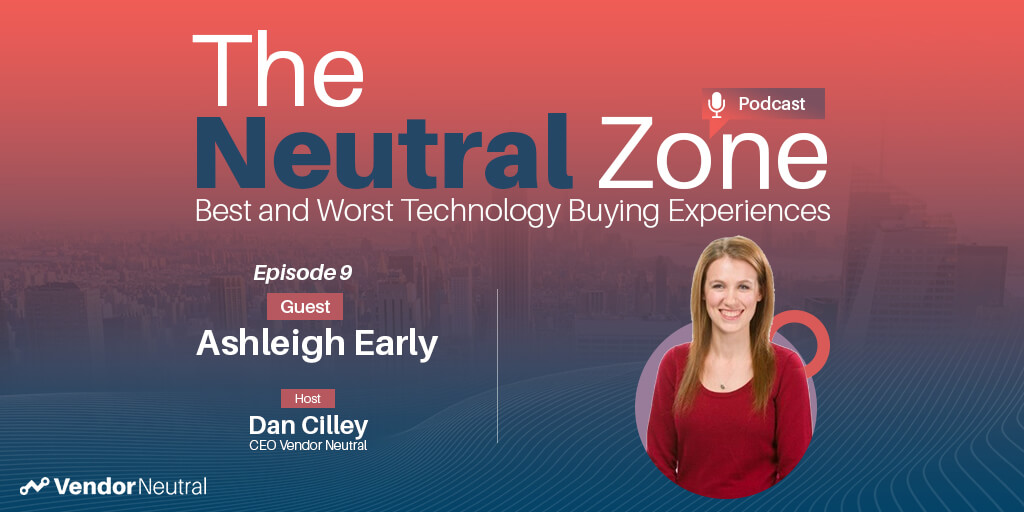 Clear View of Sales with Ashleigh Early:Clear View of Sales with Ashleigh Early:
Clear View of Sales with Ashleigh Early:Clear View of Sales with Ashleigh Early: -
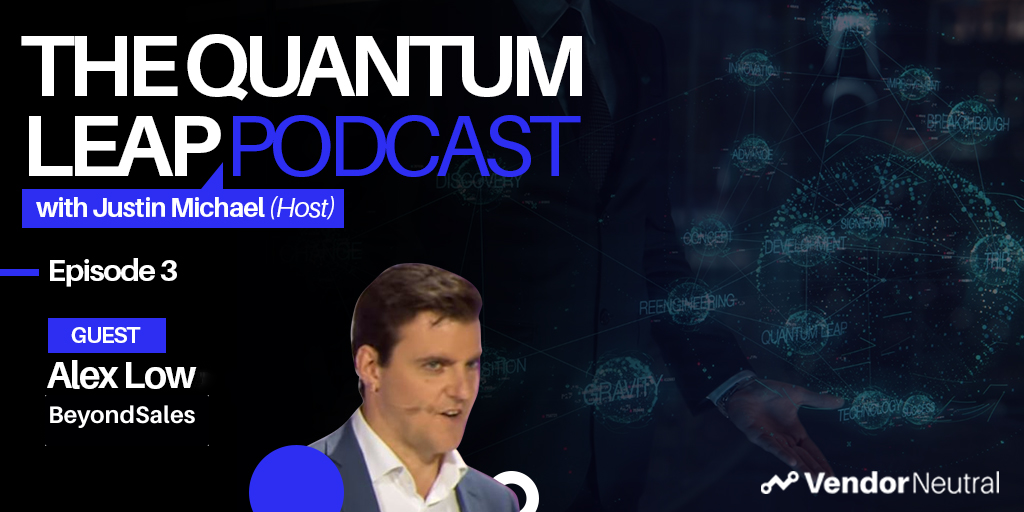 Quantum Leap Episode 3: Unlock the Mystery of Enterprise TransformationQuantum Leap Episode 3: Unlock the Mystery of Enterprise Transformation
Quantum Leap Episode 3: Unlock the Mystery of Enterprise TransformationQuantum Leap Episode 3: Unlock the Mystery of Enterprise Transformation -
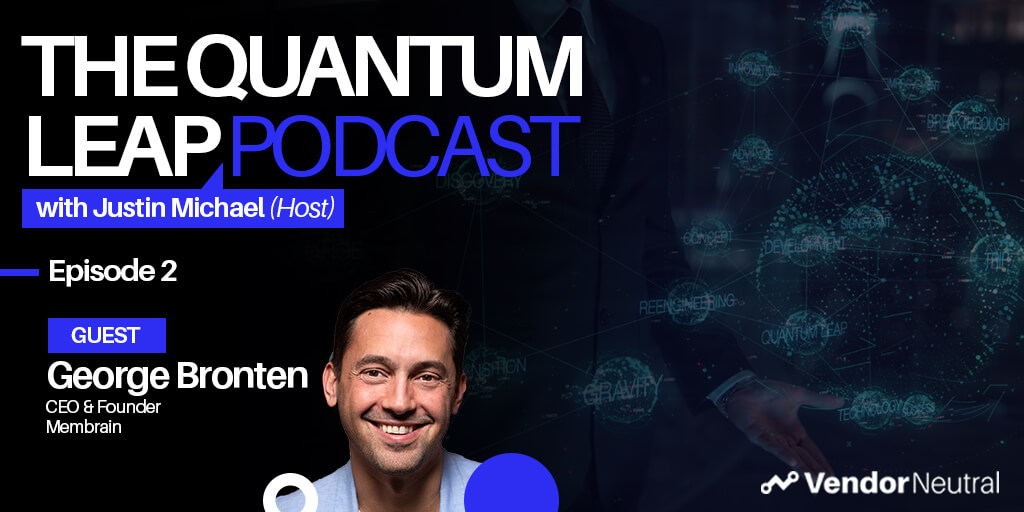 Quantum Leap Podcast Episode 2Quantum Leap Podcast Episode 2
Quantum Leap Podcast Episode 2Quantum Leap Podcast Episode 2 -
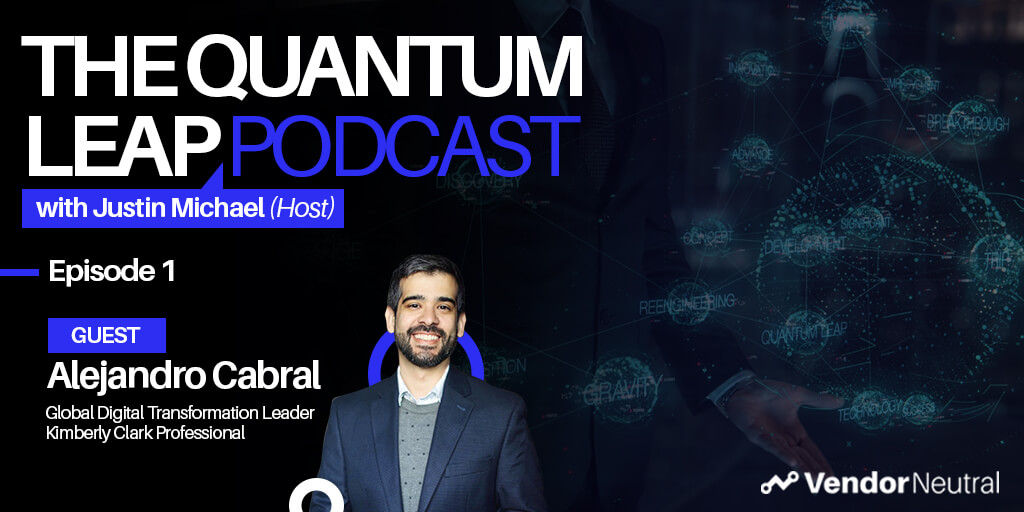 Quantum Leap Podcast Episode 1Quantum Leap Podcast Episode 1
Quantum Leap Podcast Episode 1Quantum Leap Podcast Episode 1 -
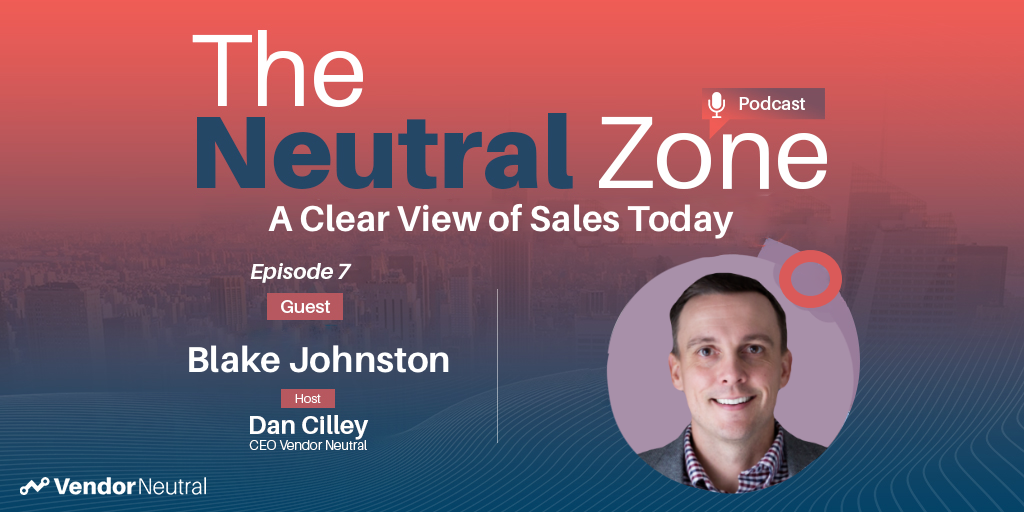 The Best & Worst B2B Technology Buying Experiences With Blake JohnstonThe Best & Worst B2B Technology Buying Experiences With Blake Johnston
The Best & Worst B2B Technology Buying Experiences With Blake JohnstonThe Best & Worst B2B Technology Buying Experiences With Blake Johnston -
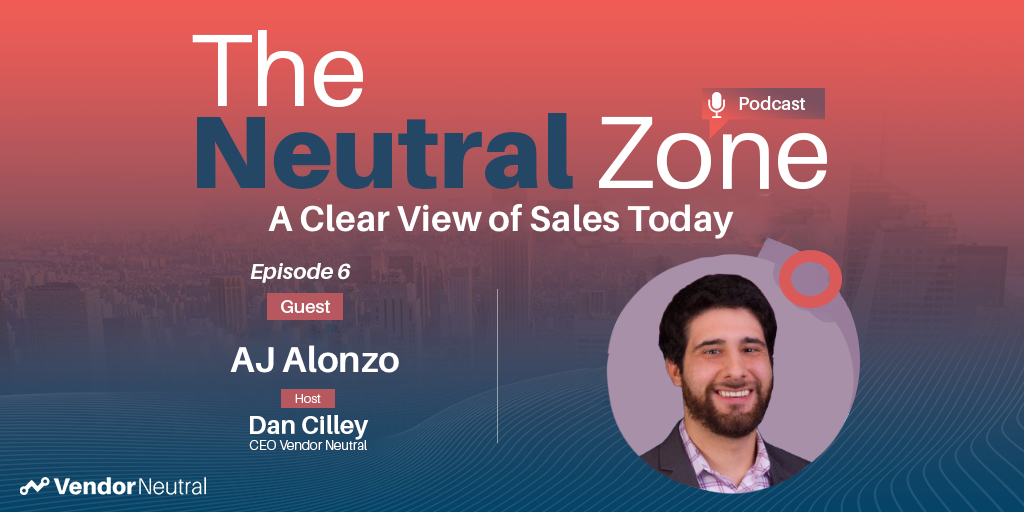 The Best & Worst B2B Technology Buying Experiences With AJ AlonzoThe Best & Worst B2B Technology Buying Experiences With AJ Alonzo
The Best & Worst B2B Technology Buying Experiences With AJ AlonzoThe Best & Worst B2B Technology Buying Experiences With AJ Alonzo -
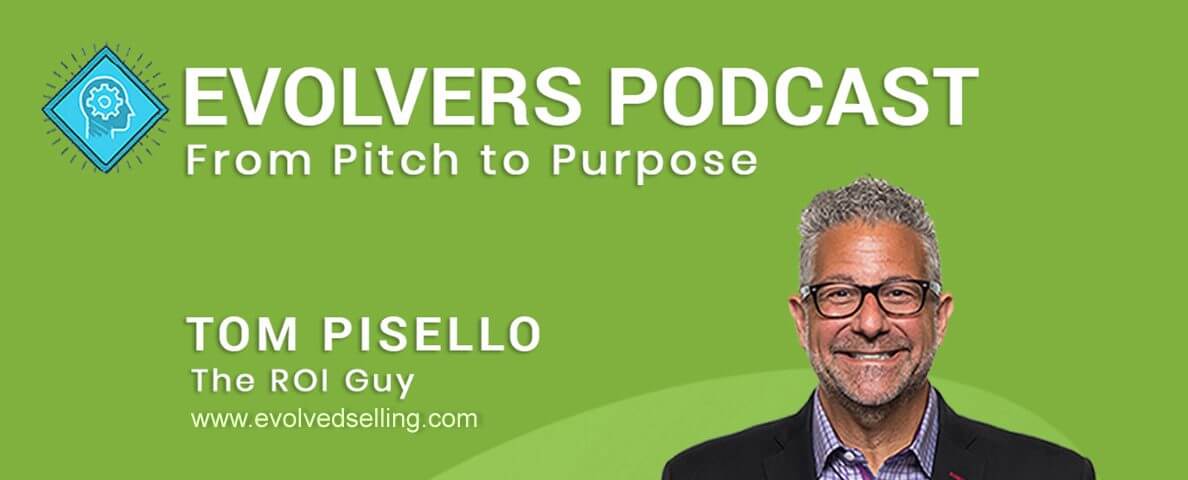 Evolvers Podcast: The Democratization of Sales Enablement? With Dan CilleyEvolvers Podcast: The Democratization of Sales Enablement? With Dan Cilley
Evolvers Podcast: The Democratization of Sales Enablement? With Dan CilleyEvolvers Podcast: The Democratization of Sales Enablement? With Dan Cilley -
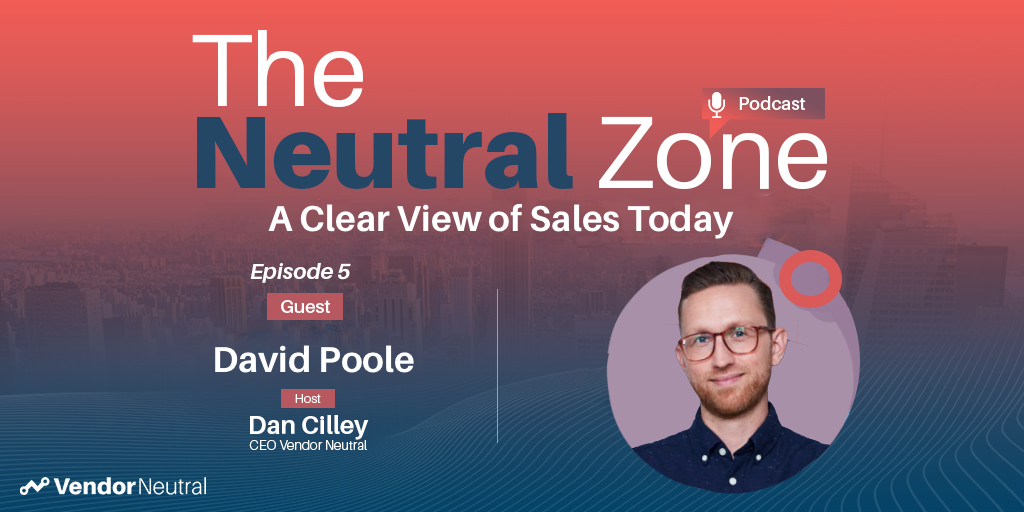 The Best & Worst B2B Technology Buying Experiences With David PooleThe Best & Worst B2B Technology Buying Experiences With David Poole
The Best & Worst B2B Technology Buying Experiences With David PooleThe Best & Worst B2B Technology Buying Experiences With David Poole -
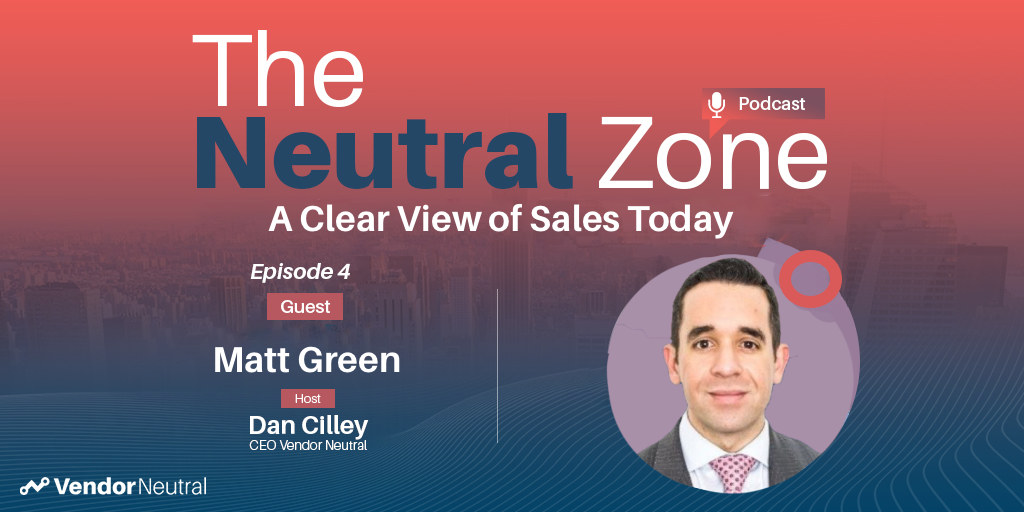 The Best & Worst B2B Technology Buying Experiences With Matt GreenThe Best & Worst B2B Technology Buying Experiences With Matt Green
The Best & Worst B2B Technology Buying Experiences With Matt GreenThe Best & Worst B2B Technology Buying Experiences With Matt Green -
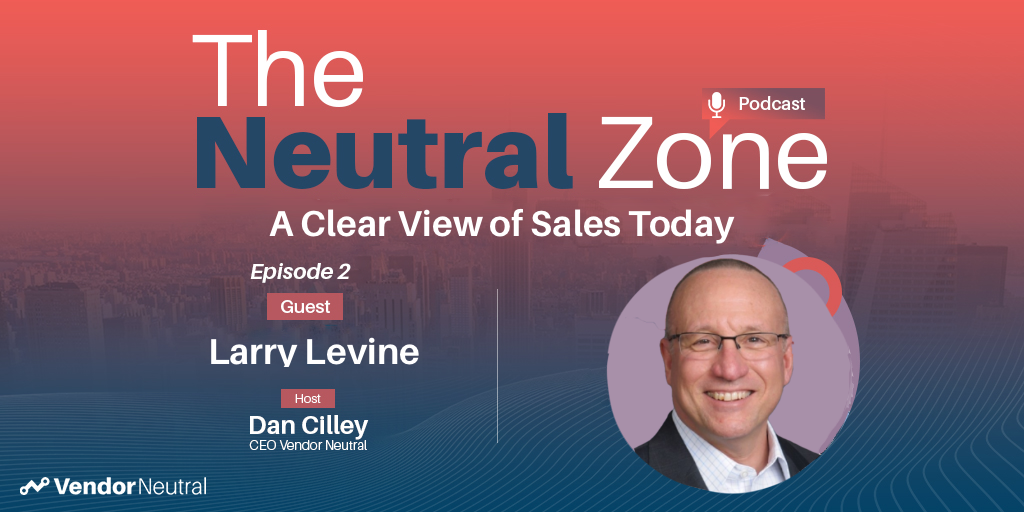 The Best & Worst B2B Technology Buying Experiences with Larry LevineThe Best & Worst B2B Technology Buying Experiences with Larry Levine
The Best & Worst B2B Technology Buying Experiences with Larry LevineThe Best & Worst B2B Technology Buying Experiences with Larry Levine -
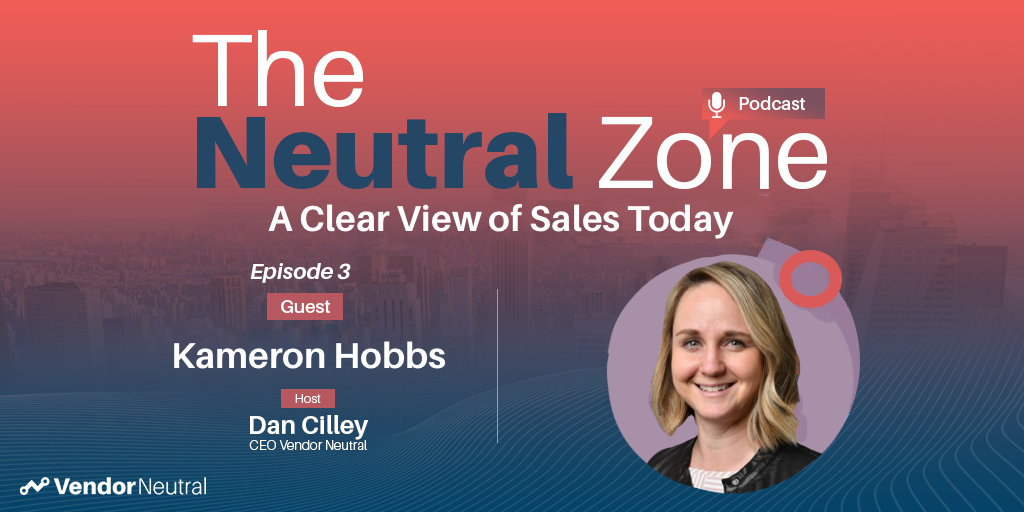 The Best & Worst B2B Technology Buying Experiences with Kameron HobbsThe Best & Worst B2B Technology Buying Experiences with Kameron HobbsVideo
The Best & Worst B2B Technology Buying Experiences with Kameron HobbsThe Best & Worst B2B Technology Buying Experiences with Kameron HobbsVideo -
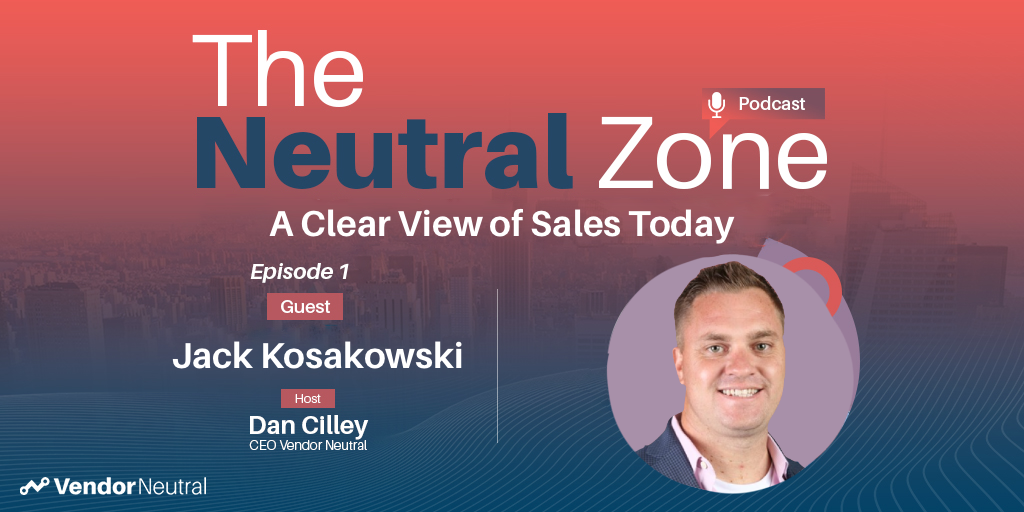 The Best & Worst B2B Technology Buying Experiences with Jack KosakowsiThe Best & Worst B2B Technology Buying Experiences with Jack KosakowsiPodcast
The Best & Worst B2B Technology Buying Experiences with Jack KosakowsiThe Best & Worst B2B Technology Buying Experiences with Jack KosakowsiPodcast
